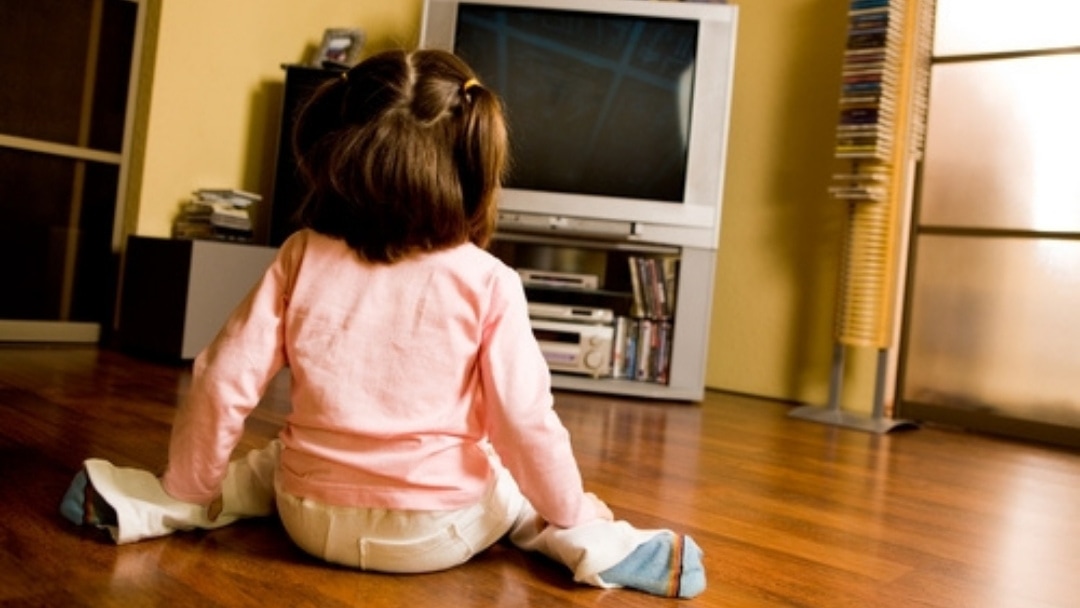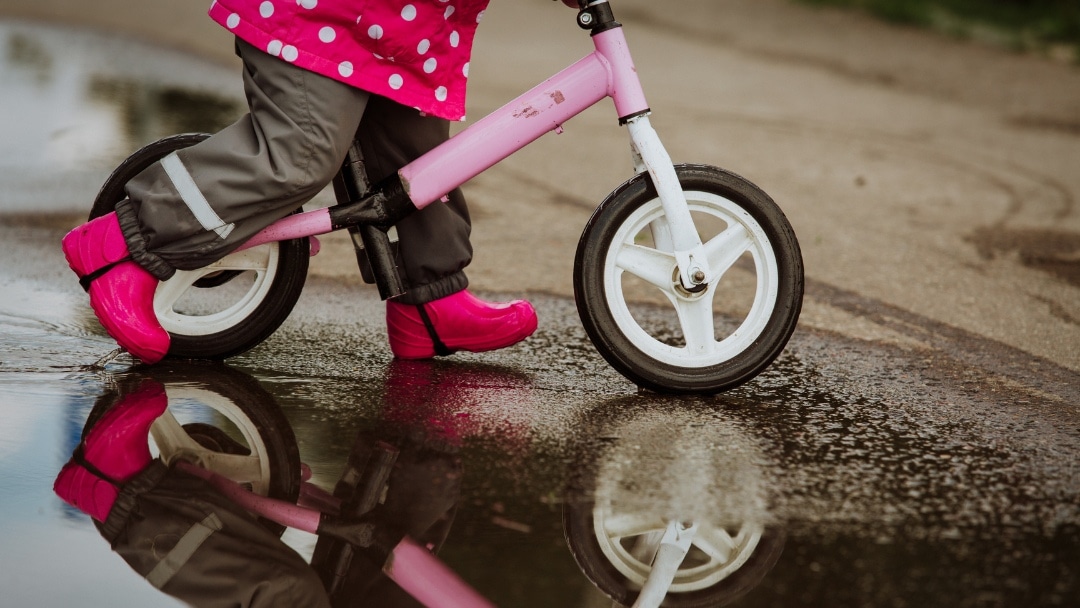What Is the Vestibular System?
Sensory integration and vestibular processing: Of all the sensory systems that we talk about in sensory integration theory and treatment, the one that may be the most basic, yet the hardest to understand is the vestibular sense. The vestibular system develops just a few weeks after conception and plays a very important role in a child’s early development. It was also probably one of the most important senses for our evolutionary ancestors. However, the vestibular sense is not familiar to many people.
Children do not learn about the vestibular system when they learn about the basic sensory systems and if adults know about this system, they may only be aware that it has something to do with balance. Understanding more about the vestibular system will be helpful to a better understanding of the types of problems children may have as well as the methods we use to address these problems.
As we all know, there are portions of our eyes and ears which “take in” sights and sounds and send that information to our brain. The parts of the vestibular sense that “take in” information to be sent to our brain are located in the inner ear.
One part is a set of fluid-filled canals which respond to movement and change of direction. The other part is a sac-like structure which responds to change of head position and gravitational pull. The information about movement and head position that comes in through these structures is sent to many different parts of the brain.
This is one of the main reasons we are so concerned about this sensory system–it has so many different functions which are important to our ability to do so many things.
Coordination Control
One important function of the vestibular system allows us to coordinate our eye movements with our head movements. This occurs in activities such as copying from a blackboard (looking up and then back down at our work), turning our head to watch a moving object (as in watching a ball move across a soccer field), and even sometimes in looking across a page to read.
These functions of the vestibular system probably help to explain why up to half of all children with learning disorders show signs of vestibular dysfunction.
Muscle Tone Control
The vestibular system is also important for helping us to develop and maintain normal muscle tone. Tone is not the same as muscle strength, but it does allow us to hold our body in position and to maintain positions. The vestibular system is especially important in helping us to keep our heads up. Many children with vestibular problems slouch at their desks, hold their heads up with their hands and generally seem to have low endurance.
Balance and equilibrium are also very influenced by the vestibular system. In addition, our ability to coordinate both sides of our body together (as is needed in riding a bicycle or cutting with scissors) also require good vestibular function. Finally, some aspects of language seem closely related to the way in which the vestibular system processes information.
Considering all of these very basic and important functions, it is not difficult to see how a vestibular problem can create a very real yet often invisible problem.
What Parents Can Do To Help
The following are some ideas that can be used to help the vestibular system develop and function normally:
Encourage Specific Kinds of Movement
Movement experiences are very important to the developing child. Be sure to make time for activities like:
- Swinging
- Sliding
- Riding merry-go-rounds
Never spin, twirl, or swing a child excessively or for prescribed lengths of time. This is sometimes recommended by individuals who quote, but do not understand, Ayres’ theories.
Too much swinging or spinning can have negative effects such as overactivity, lethargy, and changes in heart rate and breathing. Some children cannot pace themselves very well and have reactions sometime after the activity. Discuss these activities with your therapist and plan appropriately for your child.
Encourage active, child-propelled movements rather than passive movement.
Encourage Activity Before Academic Work
Experiment to see if your child has an easier time sitting up or doing her paperwork after physical activity (especially swinging or other movement activity). The vestibular system often has a fairly immediate effect on the nervous system, and for some children, these activities can make desk-type work much easier.
Encourage activities in which the child lies on his stomach and holds his head up. Try playing with legos in this position, or have him throw objects at a target while lying on his stomach on a swing.
Encourage “bilateral” or two sided activities such as:
- Jumping rope
- Swimming
- Biking
- Rowing
- Paddling
- Taekwondo
This article was originally published in the Spring 1993 edition of the Sensory Integration Quarterly by Zoe Mailloux, MA., OTR, Director, Pediatric Therapy Network, Torrance, CA. Reprinted with permission of the author and Sensory Integration International (SII).
Still Looking for Answers?
Visit the Epidemic Answers Practitioner Directory to find a practitioner near you.
Join us inside our online membership community for parents, Healing Together, where you’ll find even more healing resources, expert guidance, and a community to support you every step of your child’s healing journey.




